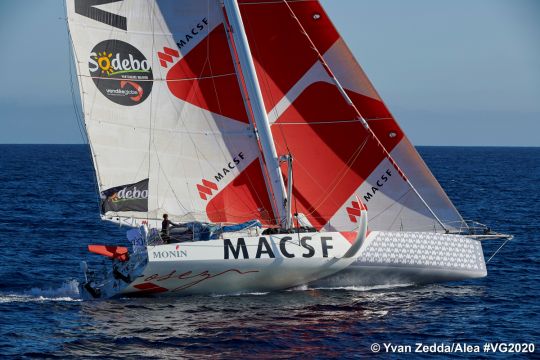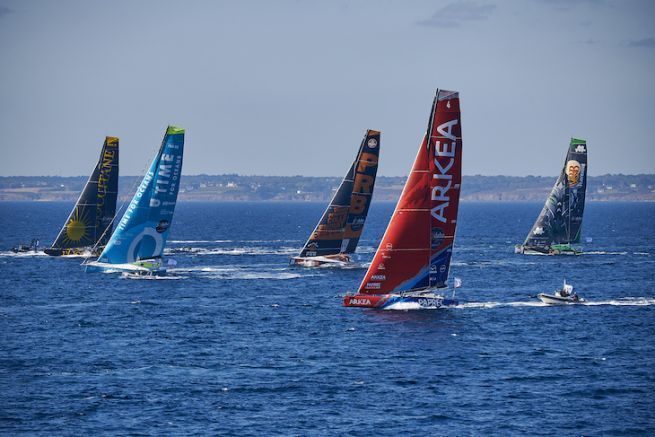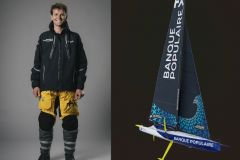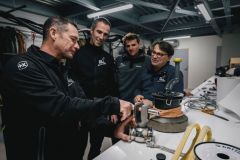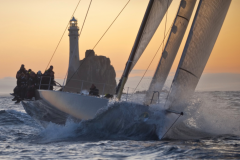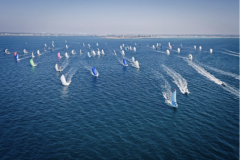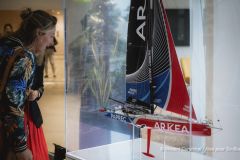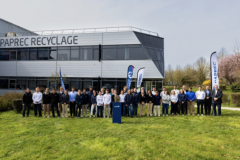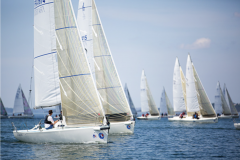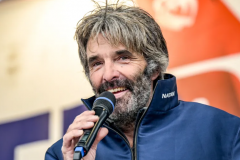Four years of evolution for IMOCA foils
The previous edition of the Vendée Globe in 2016 already put the spotlight on the foilers. These IMOCA boats were equipped with appendages enabling them to "fly" on the water. But in four years, the naval architecture firms have been working to create real racing cars volants?! High-tech boats with very large boats foils?!
Today, the speeds of these machines are such that the skippers tend to pull the brake rather than put the gaz?! This 2020 edition will allow these new boats to be tested in sometimes very difficult conditions, particularly in the Southern Ocean. Due to the health crisis, the IMOCA boats have only been able to take part in one race, the Arctic Vendée, in fairly light conditions. While they are the most technologically advanced generation of IMOCA boats, they are also the ones that have sailed the least.
"Ships are no more fragile than before. What has changed compared to the 2016 generation - Banque Populaire or Hugo Boss, which were designed with foils - is that the boats are really a step further than before. The size of the foils has increased and therefore the behaviour of the boat has changed. They were sampled on fairly strict criteria. The 2019/2020 seasons have made it possible to reschedule all that. Most of the teams have reinforced their boats. Not for a question of fragility, but because of the way the boats are used, the speeds and the performance. The boats are under different mechanical and structural stresses than we had anticipated" explains Sam Manuard, architect of IMOCA L'Occitane in Provence.
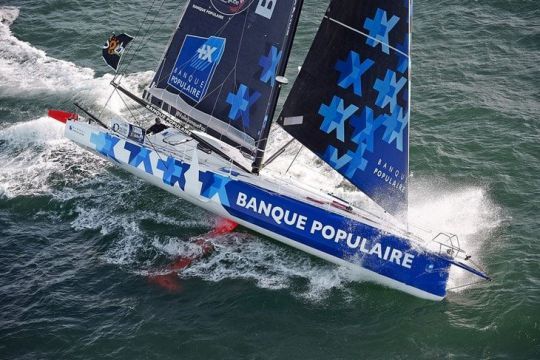
An impressive speed gap between two generations of IMOCA hydrofoils
At a time when everyone's eyes are on these superb boats, the question arises as to whether they will be able to withstand sustained conditions at such high speeds over the long term. Because it will all be a question of measurement.
"In concrete terms, the skippers in IMOCA have always had the ability to damage their boats. These are highly optimised racing prototypes and that has always been a reality. In 2016, the first foilers had small foils, which enabled them to increase performance on certain points of sail, but the boats were not as extreme and committed as they were in 2020. The difference between small foils and large foils is that even if they broke, the boats were able to keep up with the pace, as we saw with Alex Thomson, 2 e of the 2016 edition." explains Quentin Lucet of the VPLP.
This will no longer be the case. While the breakage of a foil may not damage the boat - especially with the addition of watertight caissons in the foil well - the speeds with and without foils are now too high.
If on the previous edition, the speed gap between the Archimedean boats and the "small" foilers wasn't huge, that's no longer the case today, as Quentin Lucet explains.
"Today, we've designed boats that have the ability to go really fast and much earlier. The difference in speed between a boat with straight daggerboards or with small foils is astronomical. There is about 10 knots of speed difference between an Archimedean boat and a 2020 generation boat. This is all the more true as the pre-season regattas have confirmed it. We saw in the Arctic Vendée Les Sables-d'Olonne or in the Azimut Challenge that a skipper who was running his boat at 80/90% of her potential had a speed greater than 5 knots than a sailor doing some trimming, for example. It's énorme?! This difference in speed in 2020 boat designs is pretty new."
And precisely, with boats going much faster than before, the sense of the sea will be even more real than before.
"Skippers have the ability to go very fast. Sometimes even too fast for the boats' resistance. There is a balance to be struck between the competitors around, the sea state, the wind and the physical condition of the sailor." adds the VPLP architect.
An opinion shared by Sam Manuard: "You're gonna have to know where to place the cursor so you don't damage your machine. Route strategies will reflect that as well. Some will choose to lengthen the route to stay in favourable sea conditions. Today, even if that's always been the case, the big difficulty is the sea. We have increasingly accurate wave patterns and the skippers have incorporated as much of the wave parameter as possible into their routing strategy."
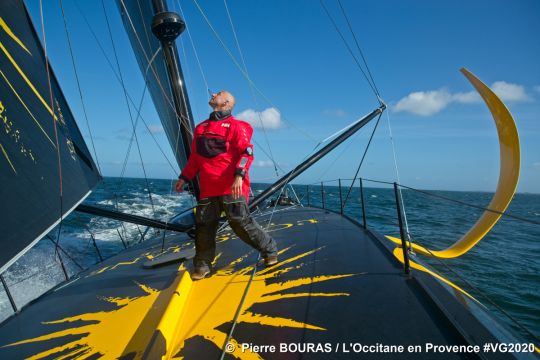
Knowing where to position the gauge
Precisely, to win the 2020 Vendée Globe, you will have to deal with boats with enormous potential for speed.
"They won't be able to push their boat 100% all the time, in all conditions, otherwise there will be a problem of robustness and solidity. They'll have to find the moments when they're in good shape, with a sea state that allows them to accelerate and compensate for fatigue and "boat breaking seas" It's like in Formula One, if you're at full throttle all the time, you end up in the wall. It's both very healthy and quite complex at the same time. We don't have any books to give you that instruction manual yet. It's not going to be a big deal. The 2020 generation is capable of going very fast with fairly low wind forces. At 15 knots of wind, that's part?! All the subtlety and finesse of piloting will consist of finding the right rhythm in relation to the conditions encountered" details Quentin Lucet.
For if boats are capable of reaching 28 knots in unbridled ocean breezes, they are potentially more prone to breakage.
"The question on this edition of the Vendée Globe is the boats' ability to withstand fatigue. We know that they can be pushed for a certain number of hours. However, 28?000 miles is a very long time. The fundamental difference between the 2016 and 2020 generation boats is the mechanical strain. On the previous edition, the foils were much smaller. The limit zones for use came much later. With the large foils from 18/20 knots upwards, in heavy seas, the maximum load conditions on the rigging, the foils and on all the peripherals are lower. When the boat starts to be very stressed mechanically, there is a phenomenon of fatigue. The 2016 generation could withstand these stresses up to 25/27 knots of wind, today they reach their limit from 20/22 knots. So the frequency is bound to be much higher. The new boats will find themselves more subject to these conditions and will they be able to hold up in durée?? This is the big black spot" adds Sam Manuard.
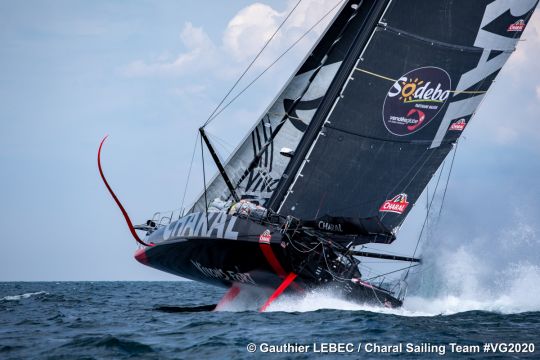
Listening more than ever to its marine sense
If the skippers have had this issue in mind from the start, they must listen to their seafaring sense and also be aware of their own limits and those of their boat. "The one who's going to come out on top is the one who'll be able to lift his foot and accelerate at the right time. You have to find the right rhythm to get ahead of the others without putting yourself in danger. The boats are quite violent, both for humans and equipment. The sailors are fully aware of that. After that, there are different approaches. Some sailors refrain from reaching too high speeds." explains Quentin Lucet.
"On the race setup, not all skippers are going to put the cursor at the same level. Jérémie Beyou, Alex Thomson and Charlie Dalin are superbly trained. They have sailed a lot on their boat. Alex Thomson will probably expose himself more to breakage if he goes hard. Armel Tripon will inevitably approach the material risk differently. He's going to be shooting less. It's certain that the first sailors to pull hard on their machine will break something. Everyone will establish their strategy according to the risk of breakage." explains Sam Manuard.
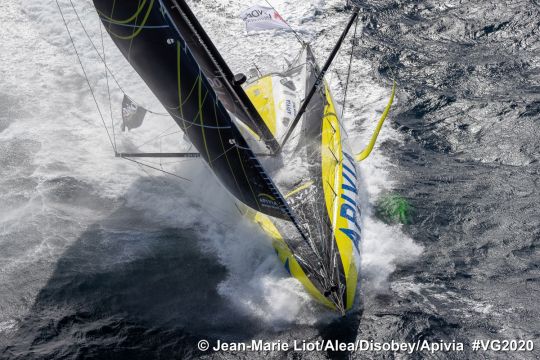
Adapt your strategy to the risk of breakage
In order to adapt to this risk of "breakage", each architect in collaboration with the teams and the skippers have made their own choices to adapt to the prevailing conditions.
"With Armel and L'Occitane, we've chosen foils which rise up sufficiently to sail in degraded mode in heavy weather. It's our choice to integrate these rather extreme conditions." adds the naval architect.
While the latest generation boats are therefore capable of reaching insane speeds, the aim is not to throw themselves body and soul into it.
"The aim is not to go at incredible speeds at dangerous speeds for man. In any case, the pairs of foils have to adapt to the constraints given by the gauge. We're working on points that concern reaching and downwind paces, while remaining efficient on other paces. It's clear that there is a possibility of going into the red, which is one of the consequences of the geometry designed" details Quentin Lucet.
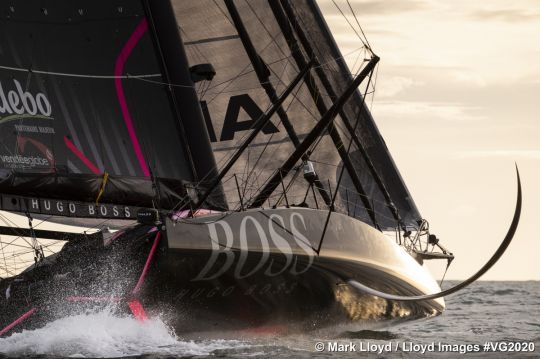
Taking the human into account
Beyond the hallucinating speed of the boats, the difference with previous generations also concerns human well-being. With these semi-flying boats, shocks are quite random.
"On the mainly Archimedean boats with the hull in the water, you could feel the sea state on board. When one wave was bigger than the others, you'd hold on. But on these newer boats, it's pretty hard for the sailors. They go very fast and randomly, and you can end up with a wave hitting a place you didn't expect. It's pretty hard. In the end, we're really into a different kind of boat operation. While the boat is moving along nicely, a wave can come and throw the skipper off. We're going to have to tame the engines so that it's liveable and the boats can move forward, says the architect of the VPLP firm.
"Man is an animal that adapts to many complicated environments. This new way of sailing is very hard on sailors. They are going to get used to more and more, to movements, to shocks. Sometimes they will have to take their foot off the accelerator. It's important for them. Everyone will put the cursor where they want, where they can. It'll help them to preserve the boats and preserve themselves. But it's certainly hard to know where to put the cursor." adds Sam Manuard.
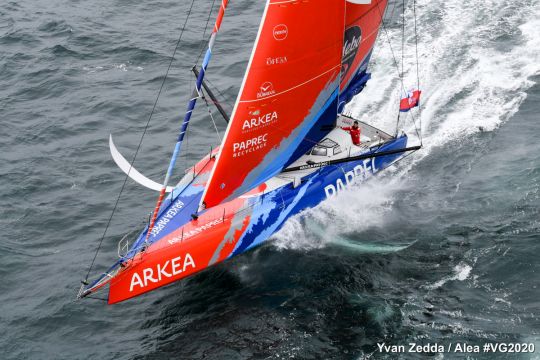
Foilers in the spotlight
For the two designers, there is no doubt that the winner of the Vendée Globe is a foiler, and that the podium itself will honour these flying boats.
"There's a good chance the winner is a foiler. But you still have to take a close look at previous generation boats, updated with 2020-type foils such as PBR, MACSF, SeaExplorer - Yacht Club de Monaco or Initiatives-c?ur. They are a little heavier than the boats designed with foils natively, but have very interesting performances", concludes Quentin Lucet. An opinion shared by Sam Manuard: "No doubt a foiler will win this edition."
